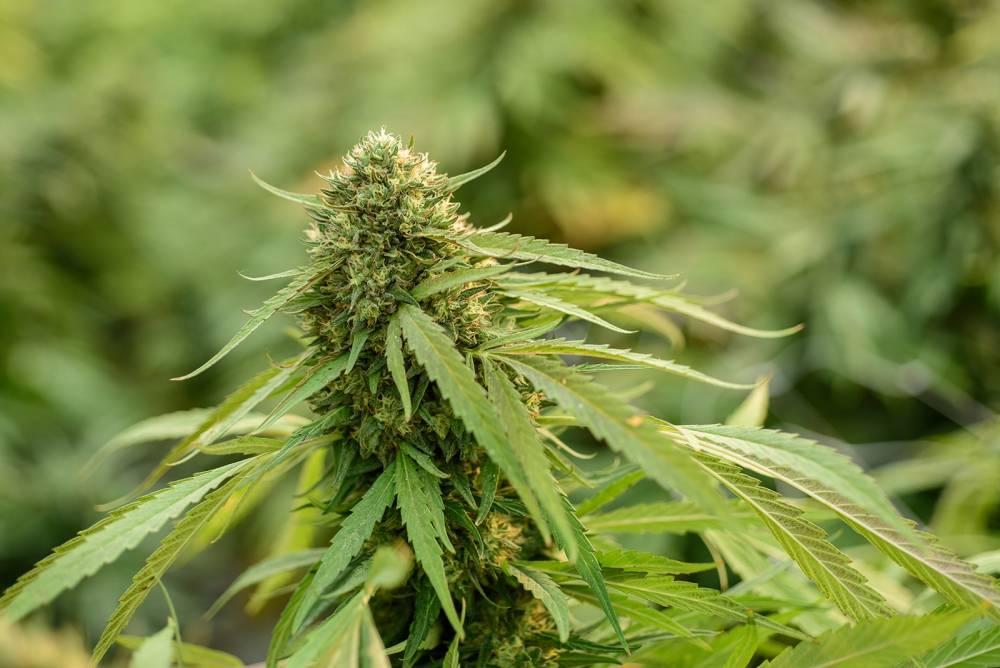Does Indica Versus Sativa Really Mean Anything?
June 9, 2020

By Brad Bogus
If you ever consumed cannabis, you likely have a preference for either an Indica, Sativa, or Hybrid. If you are a new consumer going into a dispensary or ordering online, the information provided about each strain or product will most likely be classified this way. Using these terms is a shorthand approach to describing the effect you can expect from each product.
Indica: This product will make you feel sedated, relaxed, anesthetized, or otherwise in-da-couch.
Sativa: This product will make you feel energetic, focused, racy, or enlightened, like when consuming caffeine.
Hybrid: This product will be a variation of the other two, generally leaning towards one or the other.
However, there is a problem with this form of classification because cannabis provides a broad spectrum of effects that vary from person to person. Those effects range from energetic to paranoid, from focused to scatter-brained. One person could panic, while another is floating on air.
Furthermore, while one Indica strain might make you feel relaxed and chill, it might make another feel anxious.
With such a litany of effects available, it seems ridiculous to classify cannabis using a binary system of Indica vs Sativa. How did we get here? Do these terms actually mean anything? How can we better classify cannabis based on the actual effects we can expect?
Indica & Sativa Do Mean Something
These terms refer to the “morphology” of the cannabis plant, a scientific way of saying the shape and form of the plant. Indica varietals grow short and bushy, with thicker stems and wide leaves that are darker in color. Sativa varietals grow tall and spindly, with narrower stems, and a lighter colored leaf structure. Two scientists in the 1700s, Carl Linnaeus and Jean-Baptiste Lamarck, originally named the plant species.
Since their discovery, cannabis has been crossbred thousands of times, creating the “Hybrid” category. It has happened so much for so long that just about every cannabis strain is a Hybrid at this point; there are very few pure Indica or Sativa strains left on Earth.
How Do We Better Classify Effect?
As early as the 1970s, many thought that Indica and Sativa created different cannabinoid profiles. However, modern research shows that cannabis contains a wide variety of chemical compounds, each playing a role in the overall effect. This research gave us a term called “The Entourage Effect,” which describes how all of these compounds work together to create a specific result. It’s not the physical appearance of the plant that predicts the outcome; it’s the full bouquet of chemicals in the plant that does it.
Cannabis is known mostly for its cannabinoids like THC, THCV, CBD, CBG, CBN, and many others that only appear in this plant. Yet, those are just pieces of the puzzle. Cannabis also produces a large number of terpenes—found in almost all plants—that provide its distinctive flavor and smell. One can think of terpenes kind of like essential oils, and (like essential oils) terpenes seem to play a part in creating an effect on the consumer. We know lavender oils help calm us down, and lemon oils tend to provide more energy to aid in productivity. It only makes sense that these compounds would play a part in the effect of cannabis.
When comparing strains, cannabinoid and terpene profiles can vary dramatically. Sometimes one ratio can be the same and the other different, and you’ll see different results. Therein lies the rub; with so many variables and variations to the cannabis plant, we need more research on the different chemistries of the plant when consumed by humans. Federal prohibition has prevented much of this research from being completed, and we simply can’t know precisely how a cannabis plant will make each person feel without more data. Even harder, we don’t know enough about the brain chemistry of the person consuming cannabis, as each of us has different variables we bring into the experiment.
Where Does That Leave Us?
Until we have more research, we’re left to fend for ourselves in figuring this out. Budtenders and aficionados might suggest a particular strain based on how it makes them feel, but that’s not always going to mean you will feel the same.
The best way to move forward is to experiment with many different strains of cannabis and journal your experience. Mark the name of the strain, the testing information on the label, smell that strain, and record what you detect. Consume it and describe the effect you received in your journal. After you’ve tried five to 10 varieties, note the similarities and differences. You may find that strains with high THC that smell like oranges (like Orange Wifi or Tangie Sour) make you feel panicky and disoriented. You might also find strains with more CBD content that smell like berries allow you to slow down and focus.
This will help you “weed” out the strains you should avoid and which are your surefire picks. Eventually, you’ll be able to consume cannabis-based on its chemistry—confident of its effect without knowing its name or whether it’s an Indica or Sativa. This is the goal. It is all we have until further research is complete.
Now get out there and start experimenting!
Related Articles
 Top 5 Customer Fave Strains of 2020
Top 5 Customer Fave Strains of 2020This year, consumers ran through the gamut of Farmer and the Felon strains to enjoy a good smoke whi...
 How to Judge a Prerolled Joint
How to Judge a Prerolled JointPrerolls are one of the most popular cannabis products available. But how do you decide what’s a tas...

